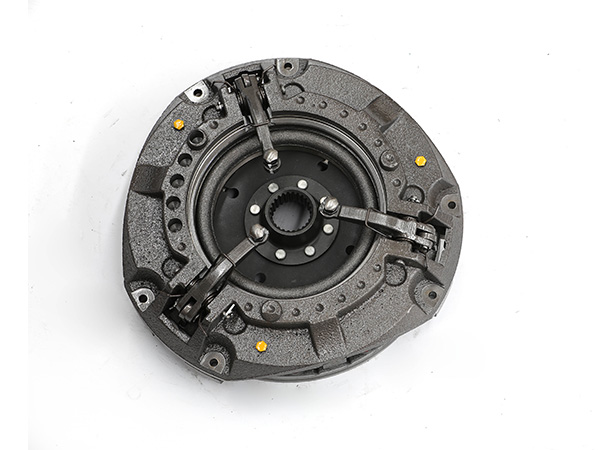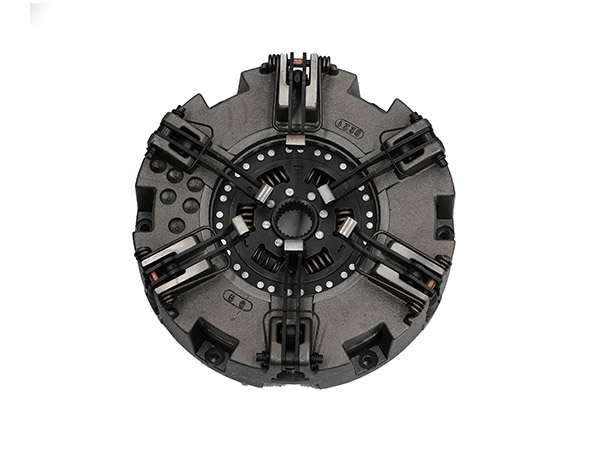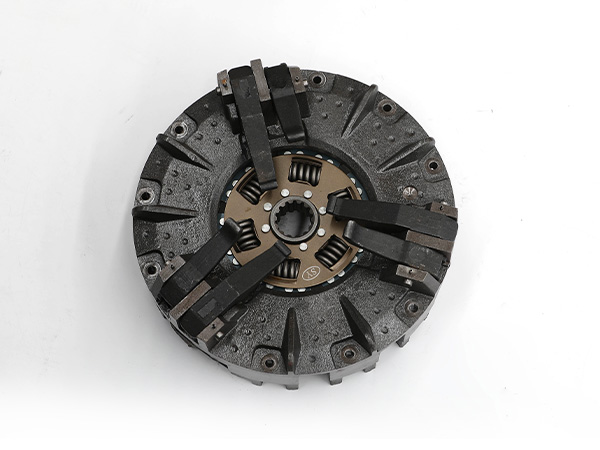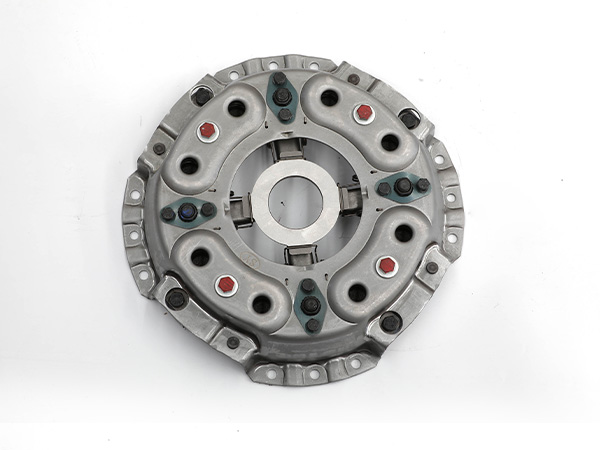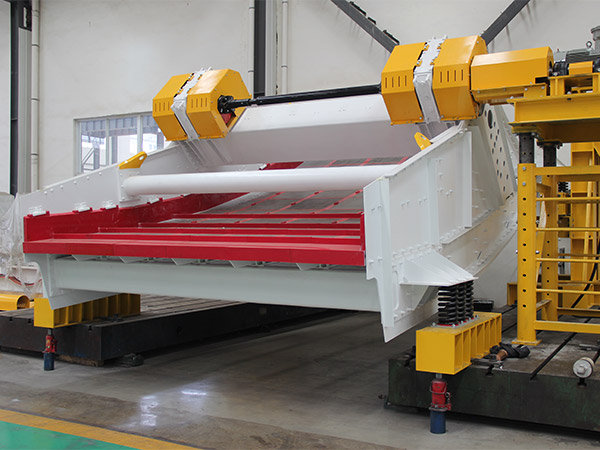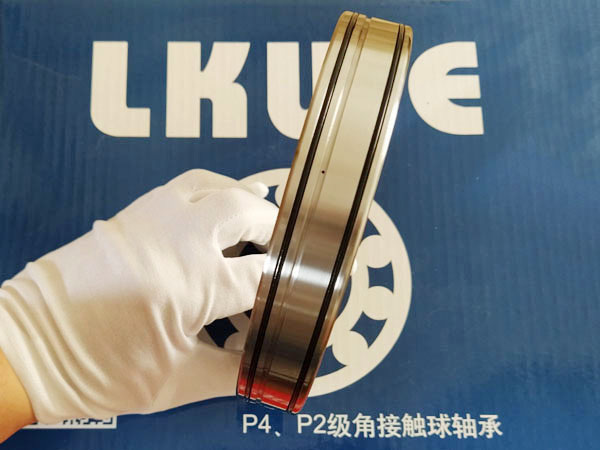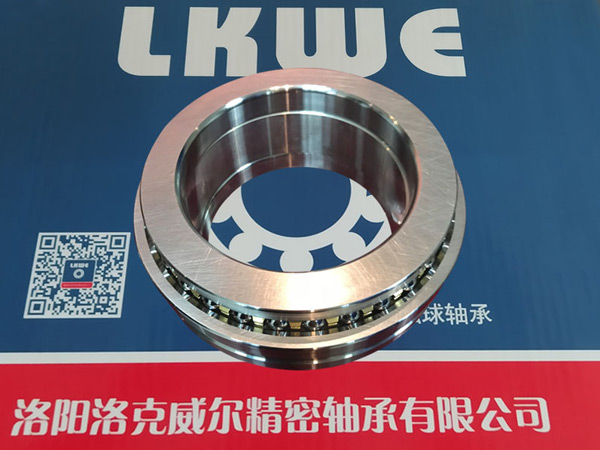Crossed Roller Bearings Detailed Introduction
Crossed roller bearings are a type of precision bearing designed to handle radial, axial, and moment loads simultaneously. They are characterized by their unique construction, which involves crossed cylindrical rollers arranged at right angles to each other between the inner and outer rings. This design provides high rigidity, accuracy, and load-carrying capacity, making crossed roller bearings suitable for applications where precise positioning and smooth motion are critical.
Crossed roller bearings detailed introduction

Structure and Design
Roller Arrangement
Crossed roller bearings feature cylindrical rollers that are crossed at a 90-degree angle between the inner and outer rings. This arrangement provides high rigidity and allows the bearing to accommodate loads in multiple directions.
Separators
The rollers are separated by spacers or cages to prevent contact between adjacent rollers. This design minimizes friction, reduces heat generation, and enhances the overall performance of the bearing.
Mounting Holes
Some crossed roller bearings have integrated mounting holes on both the inner and outer rings. These holes simplify the installation process and ensure accurate positioning of the bearing.
Advantages of Crossed Roller Bearings
High Rigidity
The crossed arrangement of rollers results in increased rigidity, making these bearings suitable for applications requiring precise and stable positioning.
High Load-Carrying Capacity
Crossed roller bearings can handle both radial and axial loads simultaneously, making them capable of supporting high load capacities in various directions.
Space-Saving Design
The compact design of crossed roller bearings allows for space savings in applications where installation space is limited.
Precision and Accuracy
These bearings are known for their high precision and accuracy, making them suitable for applications such as machine tools, robotics, and medical devices.
Smooth Motion
The crossed roller design provides smooth motion and low friction, contributing to the overall efficiency and performance of the system.
…
For more detailed information about crossed roller bearings, please click here: https://www.prsbearings.com/a/news/crossed-roller-bearings-introduction.html


